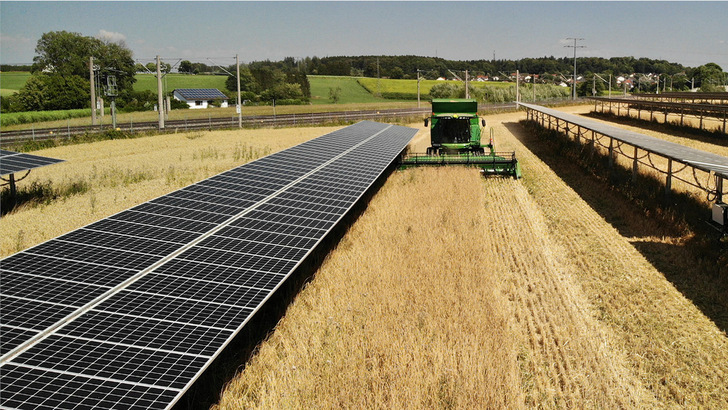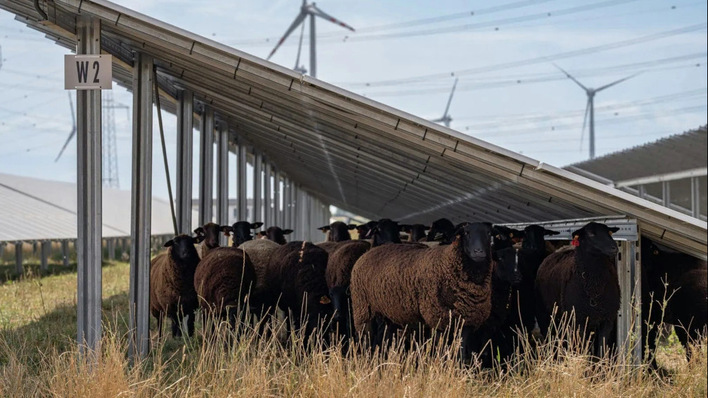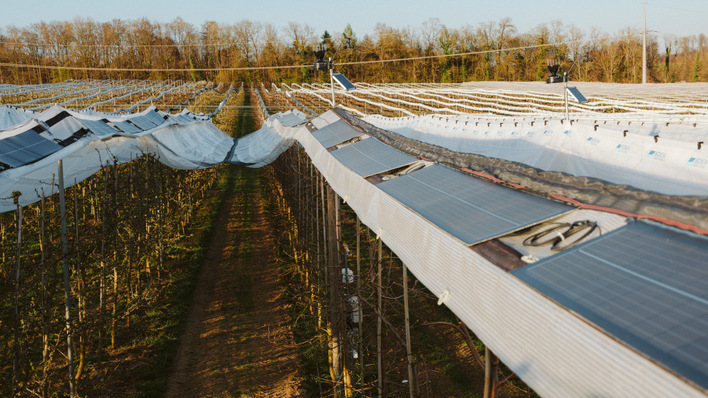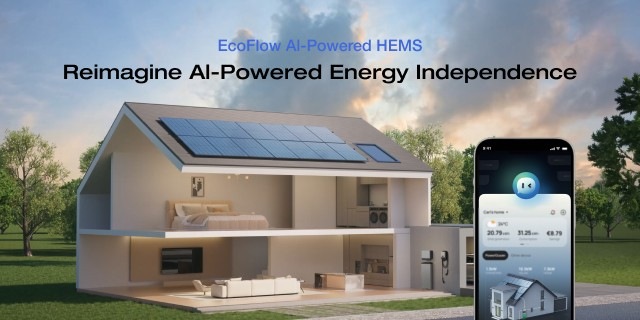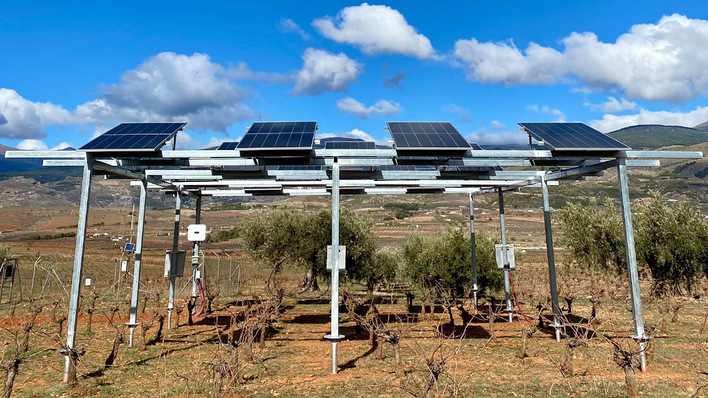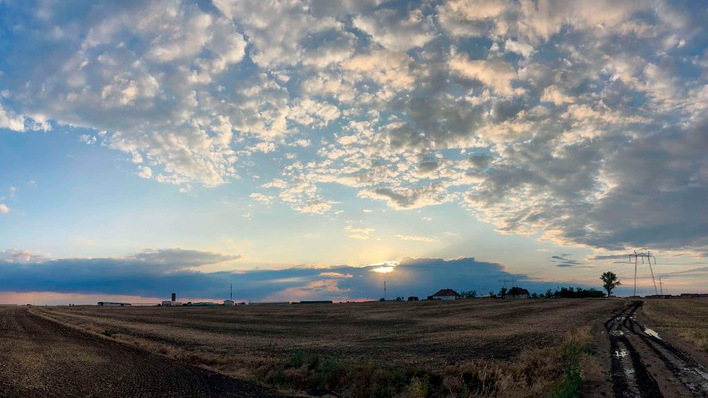Agri-PV is gaining traction among farmers. Back in 2019, project planner Doppelernte installed such a system in Althegnenberg, southwest of Fürstenfeldbruck in Upper Bavaria, using Schletter’s tracker technology. At the time, this 750-kilowatt installation was considered pioneering, though today it would be seen as relatively modest in scale.
Despite its size, the installation remains economically viable. Since then, it has been expanded by one megawatt, with additional construction phases already in the planning stage.
Fraunhofer ISE algorithm balances crop growth and solar efficiency
Even small businesses can achieve
Over time, Doppelernte’s experts have accumulated extensive experience in developing agri-PV systems. They have channelled this expertise into software designed to support planning for dual use of arable land. “We wanted to create software that both project developers and end customers could work with and that would enable farmers to carry out project development for smaller systems completely independently,” says Till Skudelny, Managing Director of Doppelernte, describing the goal.
This can result in significant savings for farmers. “We have to make sure that the cost of solar power is more cost-effective, which is not easy, especially for smaller systems,” Till Skudelny emphasises. “Then we can use the technology to reach smaller agricultural businesses as well, not just large investors,” he says.
Various solutions stored
The outcome is software that can be used as a white-label solution, meaning it operates independently of any particular project developer. As a result, it can remain free of charge. To further enhance the software technically, Doppelernte works with leading partners such as Schletter.
The planning process itself is relatively simple with the new software. This is because it contains a database of various manufacturers of substructures and solar modules. The farmer only needs to draw the area to be used on the land. By entering the location, the area appears on the screen within a few seconds.
Planning row spacing
Next, the farmer selects the type of substructure he wants to use. In the initial phase, Doppelernte has included options such as a fixed-tilt system, a fence, as well as 1P and 2P trackers. The tracker follows the path of the sun, with either one or two rows of modules mounted on the racking tables.
Studies confirm water benefits of agri-PV systems
The farmer then defines the layout of the system. The spacing between the module rows is especially important to ensure the land remains suitable for cultivation. Using the software, the farmer can adjust the distance between module rows in one-metre increments, setting the spacing needed for ongoing agricultural use. The optimal distance depends on the type of crops grown and the machinery used on the farm.
Discover more about the features Doppelernte’s program offers for planning agri-PV systems in our special feature on photovoltaics for farmers. After registering, you can download it free of charge here. (su)


